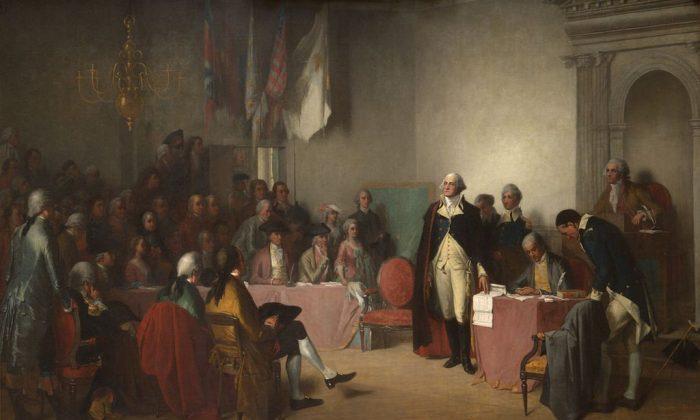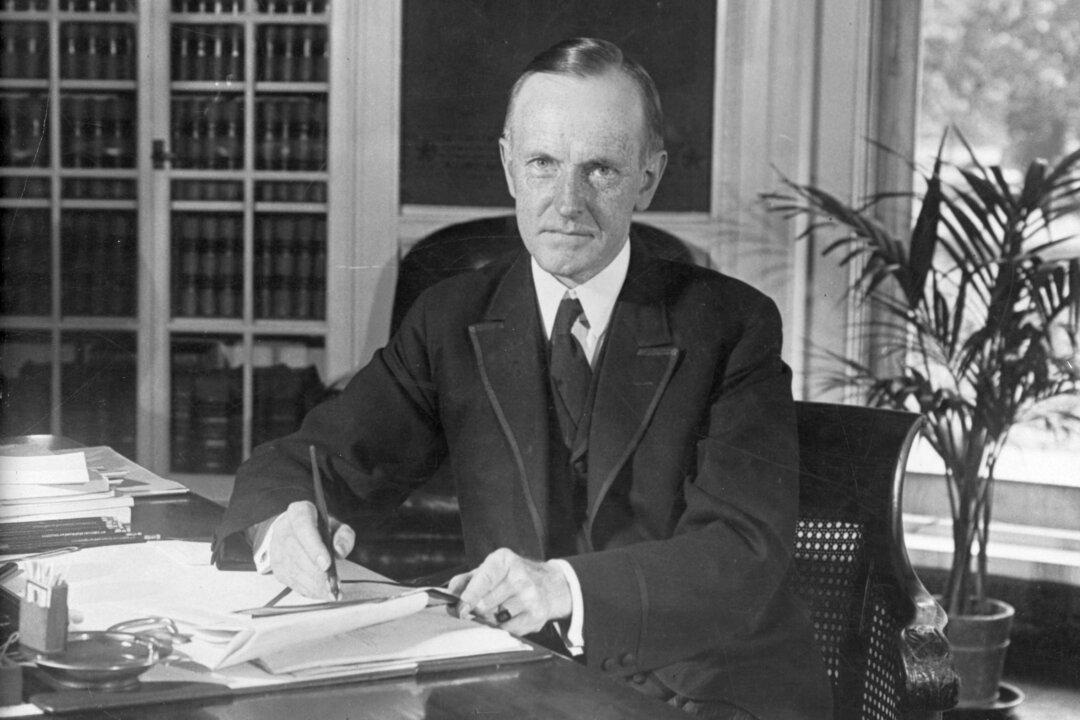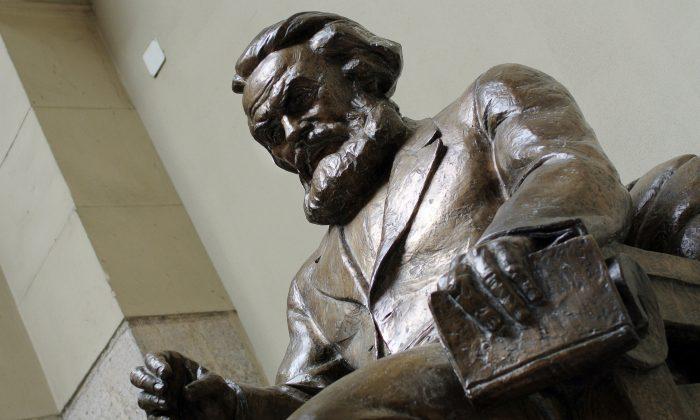Can you guess the country? I’ll give you a few more hints:
This fascinating enclave’s GDP per capita ranks among the highest on the planet, almost as high as that of the United States. It claims, credibly, to be home to the oldest existing sovereign state as well as the oldest constitutional republic. For most of its 17 centuries of existence, it’s been one of the freer and more tolerant of the world’s countries.
Reminiscent of the Roman Republic of more than two millennia ago, this country has not one but two heads of state. They are elected by the legislature, are coequal in their rather limited powers, and are subject to the strictest term limits in the world. Replacements are elected every six months! More women have served as heads of state in this country than in any other.
At the 2020 Tokyo Summer Olympics, two athletes from this nation earned bronze and silver medals, thereby making it the smallest country to score in the competitions that year.
The country to which I refer is … (drum roll)—San Marino!
Its formal name is the Most Serene Republic of San Marino. It comprises just 38 square miles and about 33,000 people. I drove through it some years ago in less than an hour, including a stop for coffee and a souvenir. Landlocked and surrounded by Italy, it is situated on the slopes of Monte Titano (Mount Titan) in the Apennine Mountains in the northeast section of the Italian Peninsula.
…[M]en belong to themselves because they owe no homage to anyone amongst themselves, but only to the Master of all things.It was under the papacy of Boniface VIII (1294-1303) that San Marino was twice ordered to pay tribute to the Catholic Church. If the country had had a king, perhaps he would have coughed up the cash as so many other monarchs of the day were happy to do. But the republicans of San Marino refused to pay. Officials of the Church backed off both times. “As prosperity increased under the kindly atmosphere of liberty,” writes Bent, “many envious eyes were cast up towards Mount Titan.”
Twice, the country’s longstanding independence was briefly interrupted. The forces of Cesare Borgia, son of Pope Alexander VI, invaded and occupied San Marino for six months in 1503. His father’s successor, Pope Julius II, ordered Borgia to depart and leave the tiny enclave alone. When another greedy warlord occupied San Marino in October 1739, Pope Clement XII forced his expulsion just four months later.
Napoleon Bonaparte threatened to invade in the late 1790s but was talked out of it by one of San Marino’s two top politicians (the coequal consuls known as Captains Regent). The French dictator even offered to extend San Marino’s territory east to the Adriatic but the republic politely refused. It’s one of the reasons the tiny country is so well-liked in the region. It minds its own business.
Another reason is its role as a haven for the oppressed. It took in many endangered people during the conflicts over Italian unification in the 19th century. During World War II, it opened its doors to 100,000 refugees—a figure several times as large as its own population.
San Marino is not a member of the European Union, though it shares an open border with the EU and uses the Euro as its currency. A proposal to join the EU was put forth in a national referendum in 2013. It failed because voter turnout was too low to meet the quorum requirement of 32 percent.






